What I look for in a Program Tour
There’s a lot you can glean from a website – sometimes. It depends on the website. Is the company putting in money to their website marketing, or are they putting it towards their clients in the program? The website is just the storefront, though. You need to go into the store to truly assess the quality of the product. The bulk of my time as a consultant spent traveling to tour and vet programs. If I haven’t seen a space, how can I refer to it without feeling discomfort? And as a family, how can you say yes to a program without any objective party to help you navigate this process? Consider hiring a Therapeutic Consultant.
Programs will share basic program information ahead of time (cost, age, capacity, rule-outs for admissions, etc.). I can get that information anytime, and I will as it gets updated frequently. When I tour on-site, I’m paying more attention to the subjective data. This can sometimes make or break the appropriateness for a client in a program. Sometimes I can’t articulate the match other than “because I know who their clients are, I think this is a place worthy of your consideration.”
When you’re on site you need to assess several things. Here’s the top 6 things I look for:
Clarity in understanding who their client is. I want to meet some of the clients. Gauge where they’re coming from, and who they view is a good fit for that program.
Checking out the physical space. Is it clean? Well kept? Or is run-down? If it’s the latter, I think through the cost of the program and wonder where the money that’d be spent on upkeep is then being directed towards.
Staff and client interactions. I’m looking for safety and security. Who are their staff? I’m looking for specialists, but I’m also just gathering who makes up the team. Is there a vibe where the young adults seem like equals to the staff? Do they know staff by name? Do staff communicate that they care to the clients? Are they making eye contact or avoiding? Just overall, what’s the culture like.
Meeting the clinical team. This includes knowing who is the Clinical Director, and what is their supervision style for their clinicians? Who are the therapists? What are their trainings? Who do they say they work well with? Are the even interested in speaking with me as a referent? If not, it makes me second-guess them being good communicators if I have a client with them.
Larger community where the program is located. Is it in the middle of absolute nowhere? Is it a thriving small city with several post-secondary options? What is the political affiliation of the area? What is the access to outdoor activities or art and culture? How far is the closest airport? Who do I see around town and what are they up to? It’s not just about my client being in the program, but also just seeing themselves in the area once they phase out of the program. I’m assessing fit within the local community too.
Who owns the program. If it’s owned by a larger behavioral health conglomerate or privately owned, how does that show-up during the tour? If it’s a new acquisition, what is the ripple effect with staff and clients? Has then been a lot of staff turnover?
Tours don’t just happen once though. I sometimes revisit when I have a client enrolled, or I’ll return when there is new staff, new buildings, new ownership, or new programmatic model altogether. It can’t happen annually because that’s just impossible to keep up. Transparency about when the last tour is important. Same with whether a consultant has had a client at that program is also important to share. A lot can change between tours, and it’s important for consultants to keep our ears to the ground to be in the know of shifts and changes.
For questions or comments contact Joanna.
